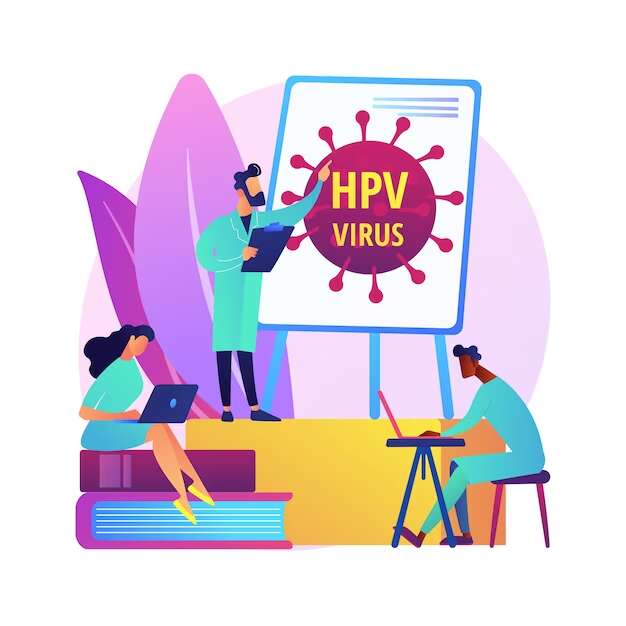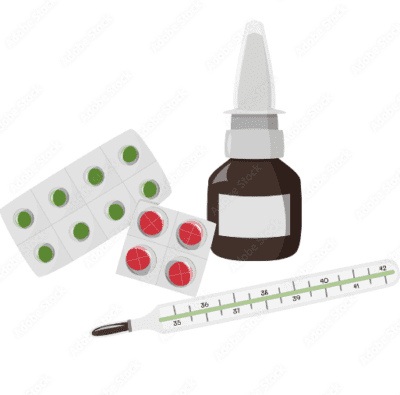HPV: Do you know the FACTS?
HPV
70-80% of women will have Human Papilomaviurs, HPV, at some point in their lifetime. If it’s so common…. why does it matter?
So what can you do about it?
Putting CARE back in Health Care

-
Most women younger than 30 do not get HPV testing, because the immune system often eradicates HPV. However, if their pap is abnormal an HPV test may be indicated.
-
Women 30 years or older, can be offered HPV test and Pap together to screen for cervical cancer.
-
Although the HPV vaccine protects against many of the HPV types that cause cervical cancer, it does not prevent all HPV types that cause cervical cancer.
-
You might not be fully protected if you did not get all the vaccine doses (or at the recommended ages).
-
You might not fully benefit from the vaccine if you were vaccinated after getting one or more types of HPV.



















